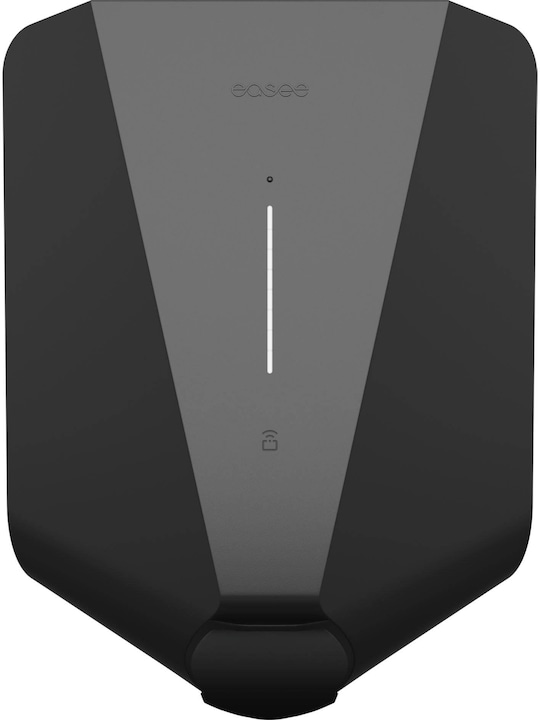
Product test
Razer Black Shark V3 Pro tested: Great headset that eliminates the criticisms of its predecessor
by Kevin Hofer

With the AI Noise-Cancelling Mic Adapter, Asus filters out annoying background noise from headsets. In other words, it does what Nvidia does with RTX Voice. That's why I'm comparing the two.
I can't understand my own words. The keyboard, a YouTube clip and my battery-powered hoover are making a lot of noise. The reason for the cacophony: I'm testing the "Asus AI Noise-Cancelling Mic Adapter". This is supposed to filter out background noise with the help of artificial intelligence.
Haven't we already had this this year? Exactly, a few months ago Nvidia launched RTX Voice in an early beta version. This calls for a duel between the two.
To benefit from Ady's capabilities, all you need is a wired 3.5-millimetre headset and a device with a USB-C or A port. Ady does the rest for you.
In the first test, I look at how well the typing noise of my keyboard is filtered out. I use Clicky Cherry MX Blue switches. They make a lot of noise. But listen and see for yourself.
I can hear a slight advantage for RTX Voice when filtering. With Ady, I can still hear the keyboard clattering from time to time. I also like RTX Voice better for the output. My voice sounds very tinny with Ady, but less so with RTX Voice.
As a second test, I run a Let's Play in the background. The AI certainly has a lot to do here because the pitch varies more than with the monotonous keyboard.
Both opponents struggle with the Youtuber's voice. You can still hear it. As with the first duel, I see a slight advantage for RTX Voice in terms of sound quality, as my voice sounds tinny with Ady.
Battery-powered hoovers are very loud. Mine is too. Nevertheless, I let it purr like a kitten while I "purr". Incidentally, when testing it, I read passages from a very worth-reading article by my colleague David Lee.
Once again, RTX Voice filters better: the noise from the hoover almost disappears completely. But I can hear my voice more clearly with Ady. It still sounds tinny, but I don't have to strain as much to understand what I'm saying.
Now it's time to get serious. How do the two opponents fare when I'm typing on the keyboard, running the YouTube clip and the hoover is vacuuming my lap at the same time? By the way, I measure 82 dB at the height of my screen, i.e. about 50 centimetres away from the devices producing the cacophony.
When it comes to filtering out background noise, RTX Voice is again ahead. But as with the hoover, I have the feeling that RTX Voice takes out a little too much. Because with Ady, I still find my tinny voice clearer.
RTX Voice filters out background noise better and I can hear my voice more clearly in two out of four cases. That's why Nvidia wins the duel.
I am still surprised by the capabilities of both products. You have to make as much noise as I did during the last test. This kind of situation is unimaginable when gaming at home. What bothers me: I have the feeling that I sound like a robot when RTX Voice or Ady are active.
Ady has the advantage that you can use it on the move. However, the headset must be wired. With RTX Voice, you are tied to an RTX Voice-compatible end device, but it works with any headset. RTX Voice is also free, at least in beta.
From big data to big brother, Cyborgs to Sci-Fi. All aspects of technology and society fascinate me.
Ady - the adapter mentioned above, whose unwieldy name I will no longer write from now on - combines a chipset integrated in the adapter and learning software for noise cancelling. The software analyses the audio data from the microphone of the connected headset and attempts to separate the background noise from the user's voice. Asus relies on wired technology because such headsets have a higher maximum frequency and therefore enable better AI performance than wireless headsets. At least that's what the manufacturer says.
According to the manufacturer, RTX Voice is a plugin that taps into the AI capabilities of RTX graphics cards to filter background noise from audio transmissions, voice chats and video conferences. In addition, RTX Voice also filters background noise from sources that are received via the loudspeaker. The plugin therefore not only filters out background noise for you, but also for others. The tensor cores of the cards are utilised and the background noise is filtered out using a deep learning algorithm.
RTX Voice therefore only runs on PCs with an RTX graphics card. Although reports indicate that GTX graphics cards are also compatible. However, the Cuda cores are used there. The advantage of RTX-Voice is that you can also use any wireless headset. Incidentally, Gamers Nexus and Wccftech have extensively tested the impact on performance. In games, you can expect an average of six per cent less performance

Easee Wallbox Charge UP 22KW
Type 2, 22 kW, 32 A, Hard wired